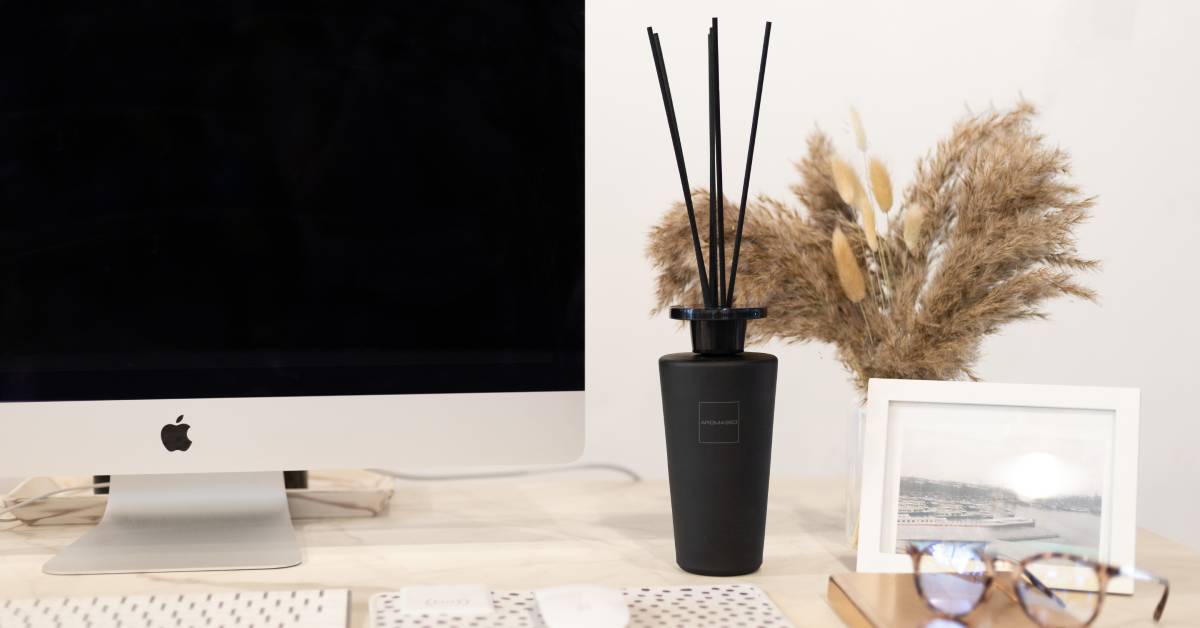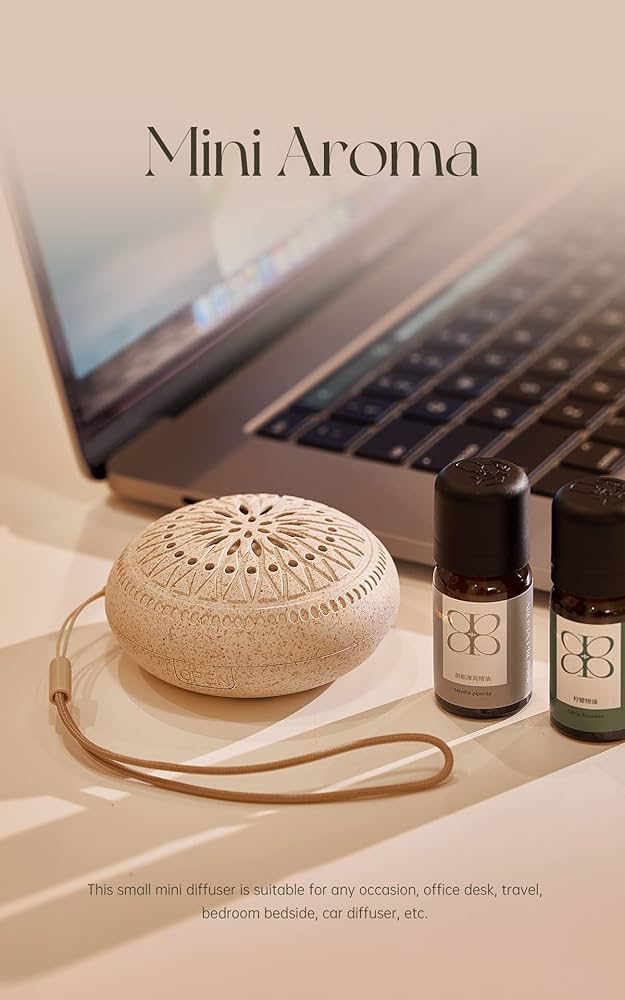The Role of Scent in Focus and Creativity: Designing a Workspace That Smells Like Calm
Share


💼 Body
We often design our workspaces with sight and sound in mind — but what about scent?
The right fragrance can subtly sharpen focus, boost creativity, and transform the energy of your workspace without adding clutter.
Scent engages the brain’s limbic system, which directly influences emotion and memory — meaning what you smell while working can shape how you feel and how you think.
1. The Science Behind Scent and Productivity
According to studies in environmental psychology, certain aromas can reduce stress hormones and increase alertness.
-
Peppermint → boosts energy and concentration.
-
Lemon or citrus → uplifts mood and motivation.
-
Lavender → reduces tension and helps with sustained calm.
-
Rosemary → enhances memory retention and alert thinking.
One experiment found that workers exposed to lemon-scented air made 54% fewer errors on data entry tasks — proof that scent has tangible cognitive effects.
2. How to Introduce Scent into Your Workspace
🌿 Diffusers:
Use an ultrasonic or reed diffuser on your desk for a steady, subtle fragrance. Choose essential oils over synthetic perfumes for cleaner air quality.
🕯️ Candles:
Scented candles bring both fragrance and warm ambiance — ideal for winding down during creative sessions. Just opt for soy or beeswax-based ones to avoid toxins.
💧 Room Sprays or Linen Mists:
A few sprays in the morning can refresh your workspace instantly without lingering heaviness.
🌸 Natural Elements:
Fresh eucalyptus, rosemary sprigs, or dried lavender not only smell amazing but also blend with minimalist design aesthetics.
3. Scent Zoning for Different Work Modes
Try associating specific scents with specific mental states:
-
Morning focus: citrus + peppermint
-
Creative flow: rosemary + eucalyptus
-
Evening wrap-up: lavender + sandalwood
By linking aromas to different work phases, you train your brain to switch modes faster — a principle known as “context conditioning.”
4. Keep It Minimal, Not Overpowering
In a minimalist workspace, scent should be a whisper, not a shout.
Too-strong fragrances can cause fatigue or headaches.
Start light — one or two drops of essential oil is often enough for an entire work session.
5. The Emotional Power of Ritual
Lighting a candle, misting your workspace, or refilling a diffuser can become a grounding ritual — a way to start your day with intention.
It’s not just about smell; it’s about mindfulness. That small moment of care sets a calmer, more focused tone for everything that follows.
